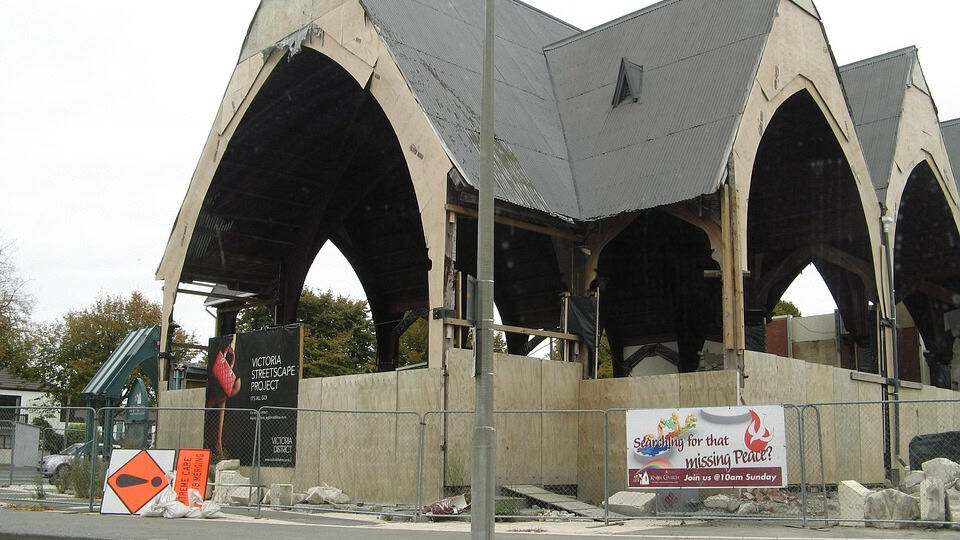How Communities Rebuild After Natural Disasters
Natural disasters can devastate entire communities in hours, but the human response to catastrophe often reveals remarkable resilience and unity. The rebuilding process extends far beyond physical reconstruction, encompassing emotional healing, social reconnection, and often fundamental changes in how communities organize and prepare for future challenges.
The Resilience Factor
Communities that recover most effectively share common characteristics: strong social networks, local leadership, and cultures that emphasize mutual support over individual survival.

While media coverage focuses on immediate destruction and emergency response, the true test of community strength emerges in the months and years following disaster events. Some neighborhoods emerge stronger and more connected than before, while others struggle with long-term decline and displacement.
Immediate Response: Spontaneous Community Organization
The first 72 hours after a disaster typically see spontaneous community organization emerge before official relief efforts arrive. Neighbors who barely knew each other suddenly coordinate rescue efforts, share resources, and create informal communication networks. This immediate cooperation often forms the foundation for longer-term rebuilding efforts.
Social media and mobile technology have transformed disaster response, allowing communities to organize relief efforts and communicate with outside world even when traditional infrastructure fails. Facebook safety check-ins, neighborhood WhatsApp groups, and crowdfunding campaigns demonstrate how digital tools amplify existing social connections.
Physical Recovery
Infrastructure repair, housing reconstruction, business reopening, utility restoration.
Social Healing
Grief processing, trauma support, relationship rebuilding, community identity restoration.
The Role of Local Leadership
Successful community rebuilding often depends on local leaders who emerge during crisis rather than pre-existing official authorities. These leaders understand local needs, have established trust relationships, and can navigate both community dynamics and external aid systems effectively.
Religious institutions, community centers, and local businesses frequently become coordination hubs for rebuilding efforts. Their existing networks and physical spaces provide structure when formal government response proves insufficient or slow to develop.
Economic Recovery Strategies
Economic rebuilding requires balancing immediate survival needs with longer-term development planning. Communities that successfully recover often diversify their economic base rather than simply rebuilding what existed before. Disaster events can become opportunities to address pre-existing economic vulnerabilities.
Local business networks play crucial roles in economic recovery. When large employers or chain businesses abandon damaged areas, locally-owned enterprises often provide employment continuity and community anchoring that helps prevent population exodus.
Social Capital and Recovery Speed
Communities with strong pre-existing social networks recover faster and more completely. These relationships provide emotional support, resource sharing, and coordination mechanisms that external aid cannot replicate.
Psychological and Cultural Dimensions
Individual trauma healing occurs within community context, making collective recovery essential for personal wellbeing. Communities that create space for shared grief processing, memorial activities, and celebration of survival often see better mental health outcomes for residents.
Cultural practices and traditions can provide stability during rebuilding, but disasters also force communities to adapt cultural expressions to new circumstances. Some traditions may be lost, while new ones emerge from shared disaster experience.
Learning from Global Examples
Different cultures approach disaster recovery differently, offering lessons about community resilience. Japanese concepts of mutual assistance, Caribbean hurricane preparation traditions, and indigenous knowledge systems all provide models for effective community response.
The power of storytelling becomes particularly important during recovery, as communities create narratives that make sense of loss while building hope for the future. These stories help integrate disaster experience into community identity rather than treating it as aberration.
Long-term Adaptive Changes
Successful rebuilding often involves accepting that communities will be different rather than identical to pre-disaster conditions. This may include physical changes like elevated housing or relocated town centers, as well as social changes in leadership structures or community priorities.
Climate change is forcing communities to plan for repeated disaster events rather than treating them as rare occurrences. This requires building adaptive capacity and resilience into community systems rather than simply restoring previous conditions.
Key Success Factors
Strong social bonds, local leadership, resource diversity, adaptive planning, external support coordination.
Common Challenges
Population loss, economic displacement, trauma effects, infrastructure costs, coordination difficulties.
Lessons Learned
Preparation matters, community bonds are crucial, adaptation beats restoration, local knowledge is valuable.
The rebuilding process reveals fundamental truths about human nature and social organization. Communities that emerge stronger from disasters typically had strong foundations of trust and cooperation before catastrophe struck. Federal emergency management research consistently shows that community-led recovery efforts produce better long-term outcomes than top-down approaches.
Understanding community rebuilding processes becomes increasingly important as climate change increases disaster frequency and intensity. Mental health support systems play crucial roles in helping individuals process trauma while contributing to collective recovery efforts.
